Purposely haven’t done much with where the trench for the electrical is. We’ve been waiting for some decent rain as I know it would help settle the soil. It has . 
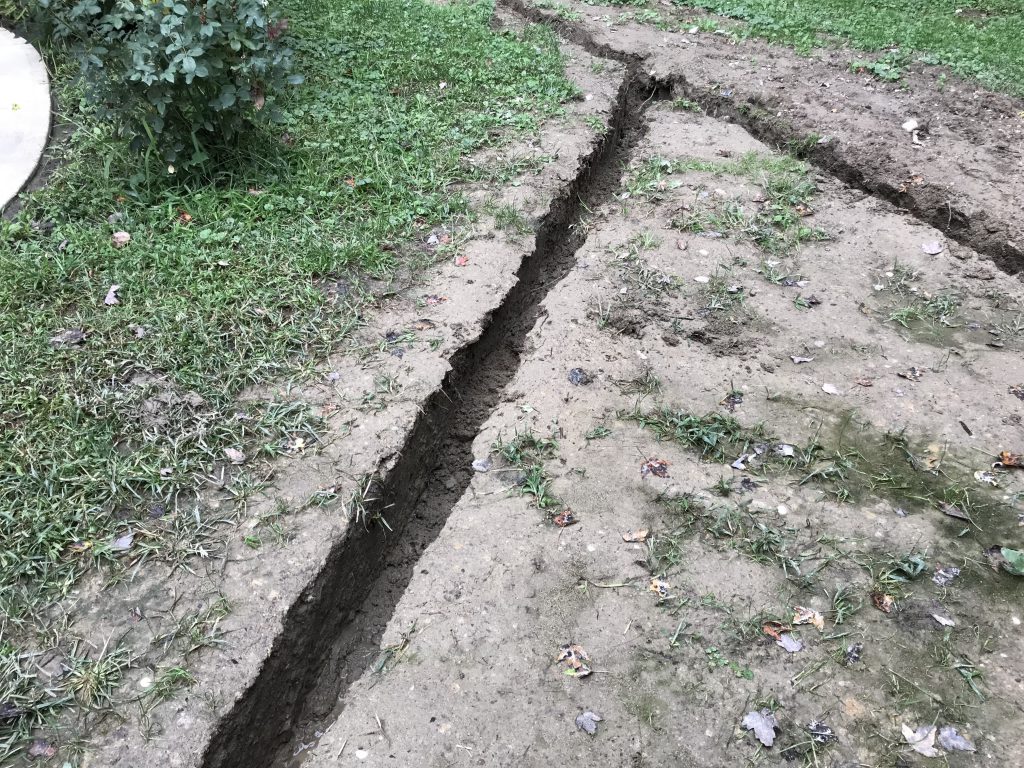

The adventures of a Jeep and its driver.
Purposely haven’t done much with where the trench for the electrical is. We’ve been waiting for some decent rain as I know it would help settle the soil. It has . 

We have the power! Got both ends of the buried feeder wire hooked up and I now have some much needed juice in the shop.
.
.
.
.
.
.
Took a lot of work, and a lot of help from my wife, but I have power in the shop!
Once the trench was dug and signed off by the building inspector, next step was to lay in the wire.
Figuring out what kind of wire to use took some research. Not being an electrician, I didn’t know exactly what to use. I reached out to my nephew who works in the trade for some ideas. He old me they use two different types of wire, SER and URD. SER is a service entrance wire and URD is an underground wire.
They both would not work for me, according to the building department. SER cannot be buried. Not even in conduit. URD can be buried, but since it’s not fire rated, can’t be used inside.
Then I stumbled upon MHF, mobile home feeder wire. Not only can it be buried directly, but it’s fire rated for indoor use. And the building department agreed. Perfect!

The stuff is not too heavy, and a little unwieldy. It’s 4 conductors, 3 each of #2 and one #4, all aluminum. The #4 is green for the ground, and one of the three #2 conductors has a white line indicating the neutral return. And at only $1.37 a foot after rebate (have to love Menard’s) it’s way cheaper than copper. Not having to pull this through a conduit was the icing on the cake.
The only conduit I needed was to run it into the shop. Code requires conduit 18″ below grade. I ran conduit from outside the house into the sub panel and tied it into a new breaker. I’m still only feeding this panel with a 50 amp breaker, even though the new breaker and the load center in the shop both are both 100 amp. If I find that I am tripping this breaker, I still have some #2 wire I will use to update the feed from the main.




Last thing to do was to fill in the trenches. This will take some time. Need to let everything settle for a few weeks before cleaning up the extra dirt and planting grass again for the third time. Something tells me I’ll be planting in the spring, too.

These little helpers have made installing the siding on the shop a breeze. They attach to the row below and give you a shelf for the next row, leaving the proper reveal. Sweet!
.
.
.
.
.
.
I’m pretty sure those black wires used to be white! 
.
.
.
.
.
.
I added these downspout diverters to the workshop. Since I had the trencher, I dug some shallower ones for these. Read my blog post (link in bio) for more!
.
.
.
.
.
.
One of the things about this house that I didn’t really like, is we don’t have storm drains for the downspouts. The rainwater just hits the ground and is diverted away from the side of the house. Not very effective. A while back, I installed these underground diverters on the house and wanted to add them to the shop as well.
The come in two parts, one, a collector that you place under the downspout. It has an angled face on it that screens the large leaves and such from the entering the drain. The second part is a popup that you place in your yard an appropriate distance from the structure. They work incredibly well and it was a no brainer for me to put these in.
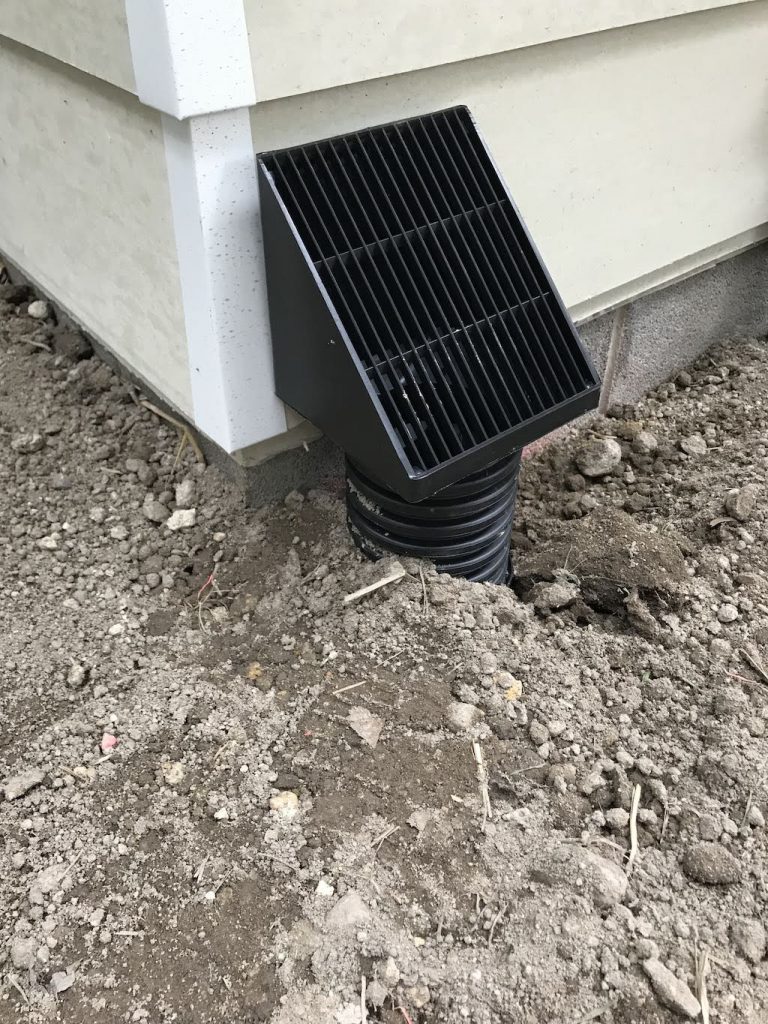
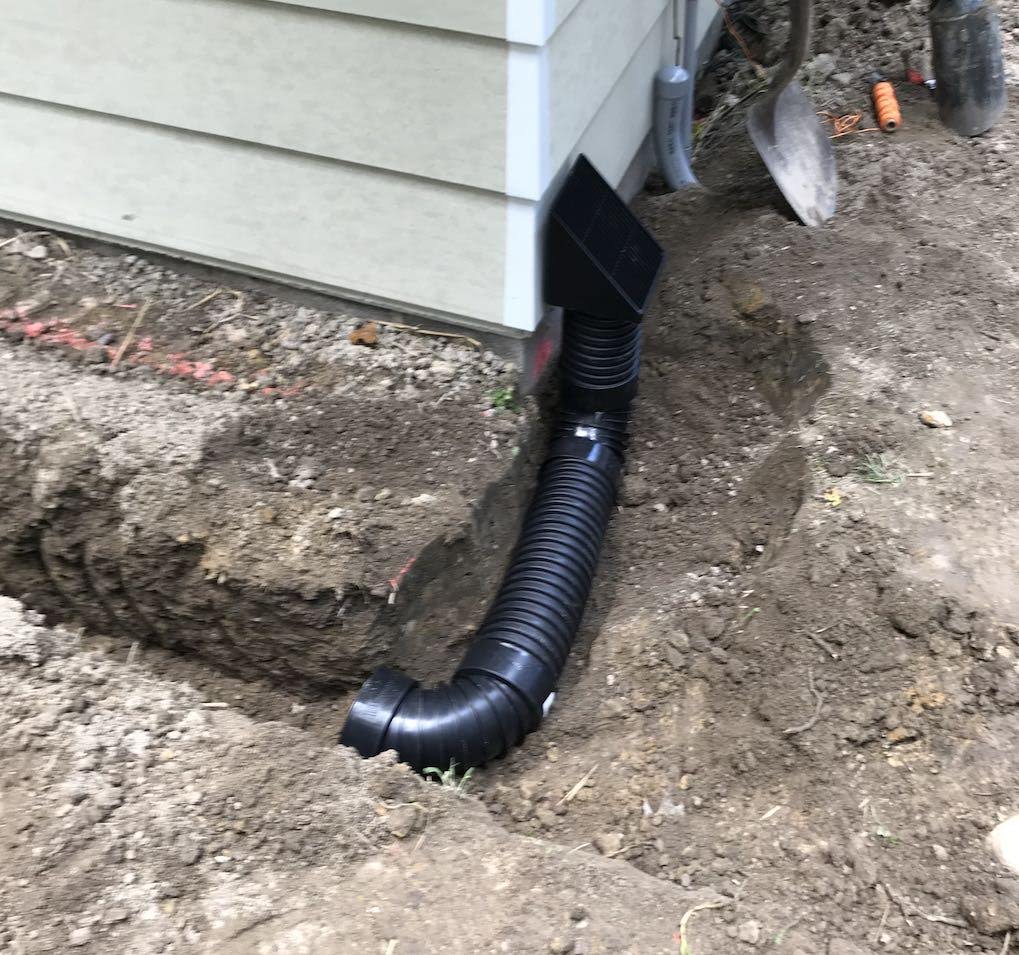

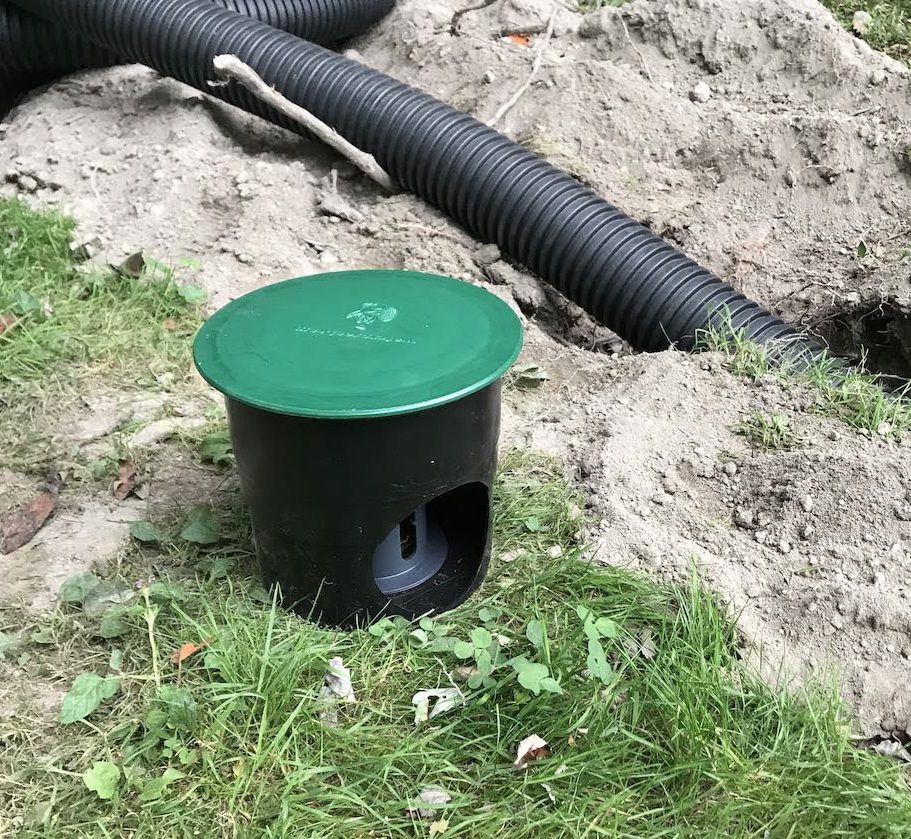
I didn’t get the popup buried. I need to get a different connector to attach the drain line to it.
Getting the trench dug for the workshop power. 6″ wide by 36″ deep. This thing is a beast. Read my blog post (link in bio) for more!
.
.
.
.
.
.
I rented a 6″ x 36″ trencher to dig for th power line I need to run to the shop. The shop is attached to the garage, which is attached to the family room of the house. Both of those are on slabs, which means I have no way of running any kind of wire through the main structure from the basement.
My only option was to trench. Code requires 24″ deep trench for direct burial wire. This is about 30″ deep in most places. Once it passes inspection, I’ll get the wire in the ground and go from there.
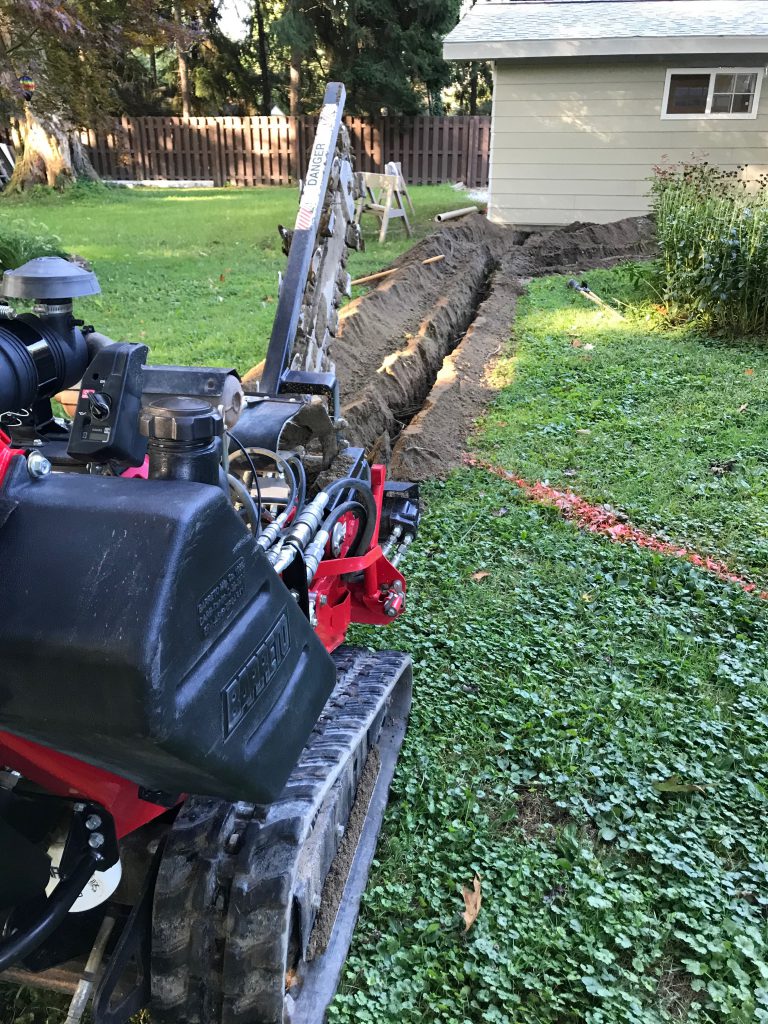
While I had the trencher, I went ahead and dug for some downspout drains. I don’t have storm drains here, so the rain water leaves the downspout right to the ground. I don’t want it next to the building, so I am adding some underground pipes that will lead to a popup in the yard.
